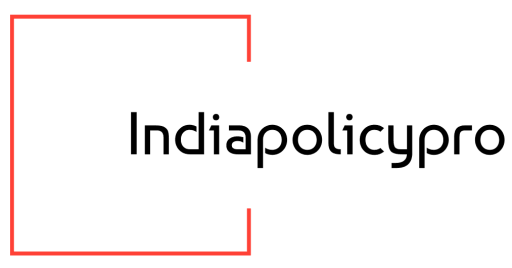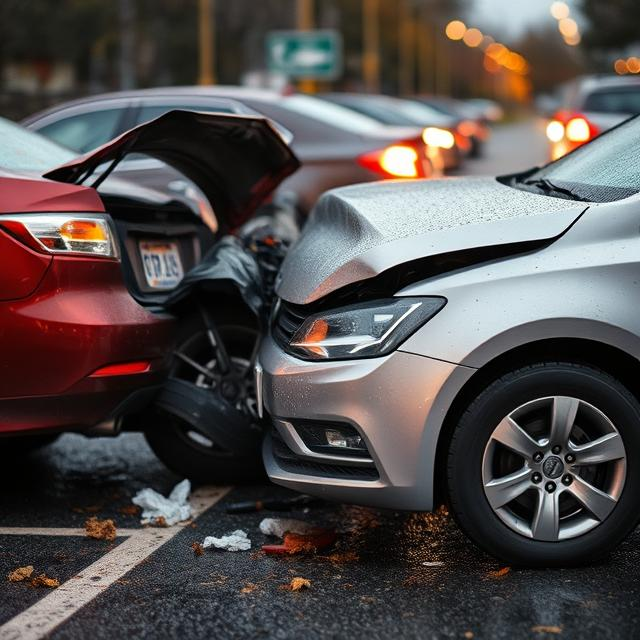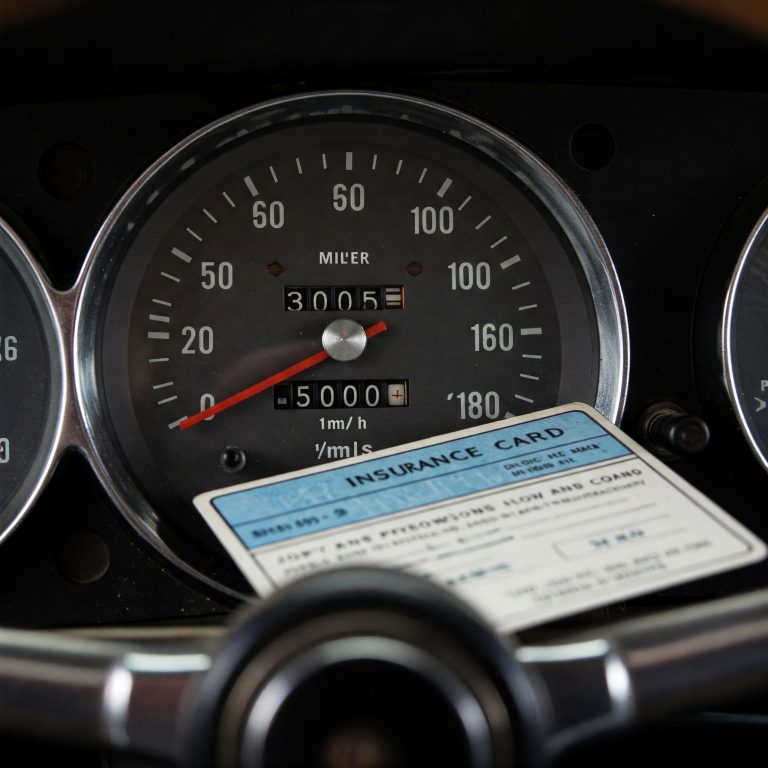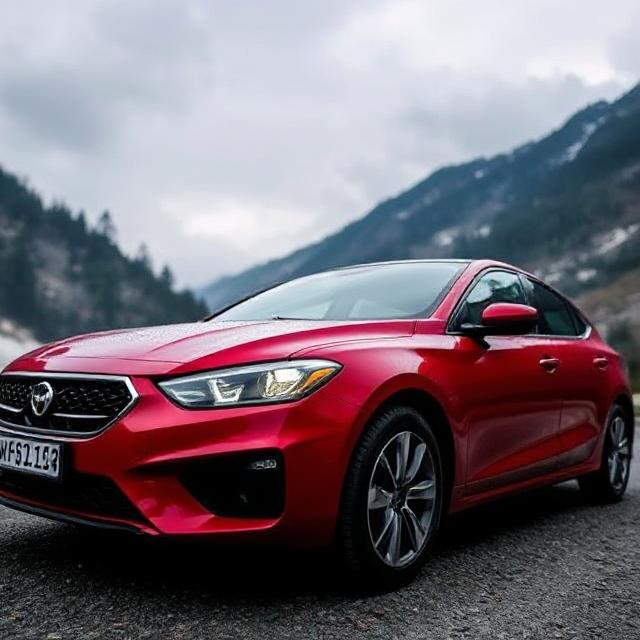Third-Party Insurance in India: Everything You Need to Know
Introduction
Owning a vehicle in India comes with several responsibilities, and one of the most important is having valid insurance. Among the different types of car insurance, third-party insurance stands out as the most essential since it is legally mandatory under the Motor Vehicles Act, 1988. Whether you drive a car, bike, or commercial vehicle, this policy protects you from financial liabilities if you cause damage or injury to another person or their property.
This guide explains everything you need to know about third-party insurance, including:
- What it covers
- Why it is compulsory
- How it works
- The differences between third-party and comprehensive insurance
- The process for buying and renewing a policy
What is Third-Party Insurance?
This is a basic motor insurance policy that provides financial protection against damages, injuries, or death caused to others in an accident involving your vehicle. The term “third party” refers to any person other than the policyholder (first party) and the insurance company (second party).
This policy ensures accident victims receive financial compensation while protecting the vehicle owner from significant legal and financial burdens. However, it does not cover damages to the insured vehicle itself.
Why is Third-Party Insurance Mandatory in India?
The Motor Vehicles Act, 1988 requires every vehicle owner to have at least third-party insurance before driving on public roads. Failing to comply with this rule leads to serious consequences:
✅ Fines and Penalties
- First-time offenders pay a fine of ₹2,000
- Repeat offenses result in a ₹4,000 fine
✅ Legal Consequences
Authorities can suspend your driving license if you drive without insurance.
✅ Financial Security
This policy ensures victims receive compensation without placing the entire financial burden on the vehicle owner.
How Does Third-Party Insurance Work?
When an accident occurs, the following steps take place:
1️⃣ The accident happens: Your vehicle collides with another person, vehicle, or property.
2️⃣ A claim is filed: The affected third party submits a claim with supporting evidence like an FIR and accident details.
3️⃣ The insurance company investigates: Insurers assess the accident, verify the damages, and check the claim’s validity.
4️⃣ Compensation is provided: If the claim is approved, the insurance provider pays for medical expenses, repairs, or damages as per policy limits.
💡 Note: The Insurance Regulatory and Development Authority of India (IRDAI) sets the compensation limits for third-party claims.
Coverage: What Does Third-Party Insurance Include?
This policy covers:
✔ Bodily Injuries: Pays for medical expenses of third parties injured in an accident.
✔ Property Damage: Covers damage to another person’s vehicle, house, or business property. The maximum compensation is ₹7.5 lakh for cars and ₹1 lakh for two-wheelers.
✔ Death or Permanent Disability: Provides compensation to the third party’s family in case of a fatal accident or permanent disability.
✔ Legal Expenses: Covers the cost of legal proceedings if the third party takes legal action.
Exclusions: What Isn’t Covered?
Third-party insurance has several limitations. The following situations are not covered under this policy:
❌ Damage to Your Own Vehicle: You must pay for repairs out of pocket unless you have comprehensive insurance.
❌ Injury to the Policyholder: This policy does not cover medical expenses for the vehicle owner.
❌ Accidents Caused by Drunk Driving: If an accident occurs while driving under the influence, the insurer rejects the claim.
❌ Illegal Activities: Policy will not apply if the vehicle was used for criminal purposes or unauthorized activities.
❌ Expired Policy: If the insurance policy is not renewed on time, no claims can be made.
Third-Party vs. Comprehensive
Many vehicle owners wonder whether third-party insurance is enough or if they should opt for a comprehensive policy. Let’s compare:
| Feature | Third-Party Insurance | Comprehensive Insurance |
|---|---|---|
| Legal Requirement | ✅ Yes | ❌ No |
| Covers Third-Party Damages | ✅ Yes | ✅ Yes |
| Covers Own Vehicle Damages | ❌ No | ✅ Yes |
| Covers Personal Injuries | ❌ No | ✅ Yes |
| Premium Cost | Lower | Higher |
| Best For | Budget-conscious vehicle owners | Those seeking full protection |
Which One Should You Choose?
- If you only need to meet legal requirements, third-party insurance is enough.
- If you want full coverage for your own vehicle, go for comprehensive insurance.
How to Buy and Renew Third-Party Insurance?
Purchasing and renewing third-party insurance is simple. Follow these steps:
✔ Buy Online: Visit an insurance provider’s website, enter your vehicle details, compare prices, and complete the payment.
✔ Shop Offline: Go to a nearby insurance company branch or contact an agent.
✔ Renew Your Policy: Most policies last for one year and must be renewed before expiration. Use an insurer’s website or mobile app for quick renewal.
💡 Tip: Compare different insurers to get the best premium rates.
Conclusion
Third-party insurance is a vital and legally required policy that ensures accident victims receive compensation while protecting vehicle owners from financial liability. Although it does not cover damage to the insured vehicle, it plays a crucial role in promoting road safety and financial security.
To comply with the law and avoid fines, every vehicle owner in India should ensure their third-party insurance remains active. Those looking for broader coverage should consider upgrading to a comprehensive policy.
Learn about more insurance types here.







